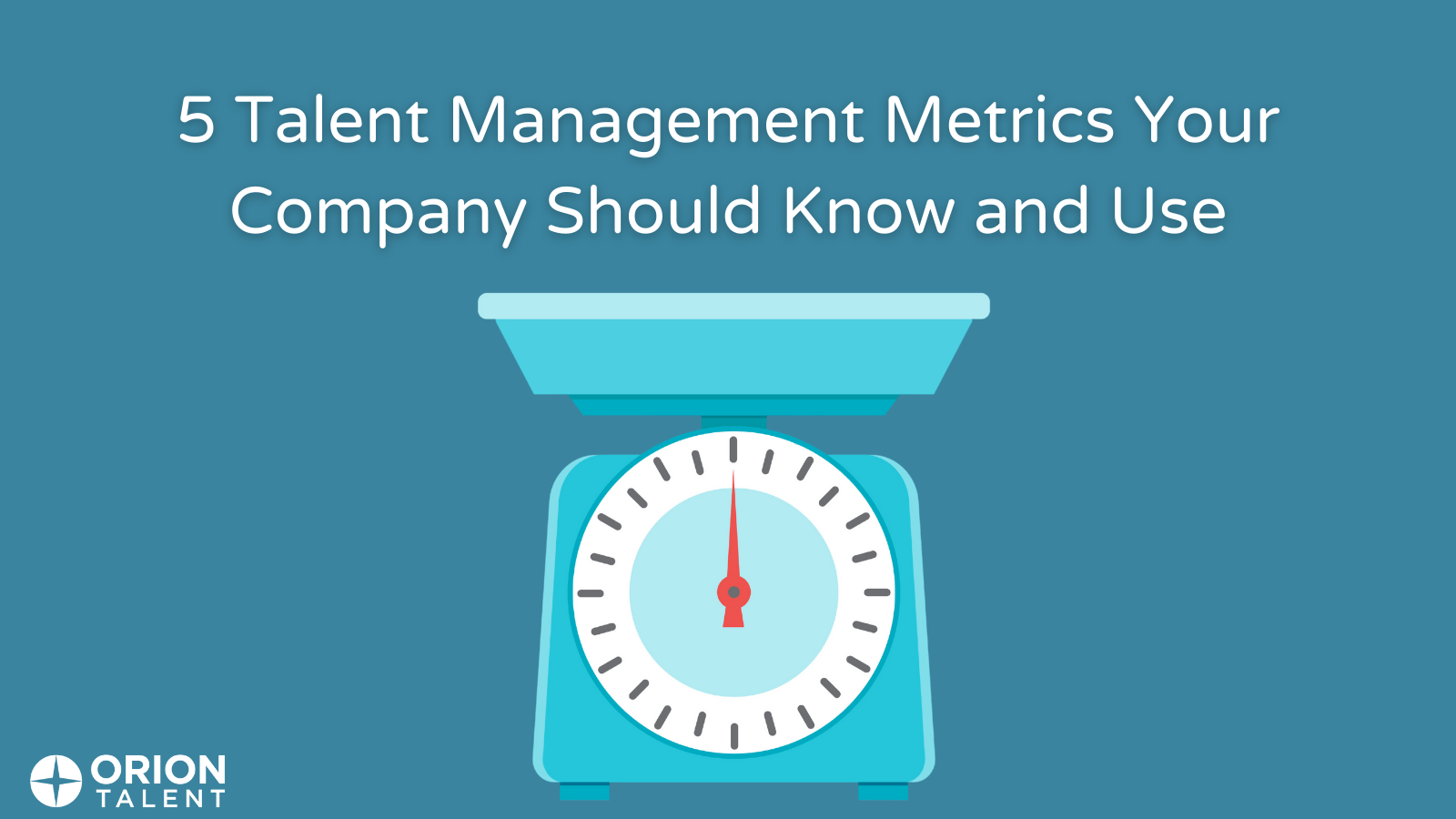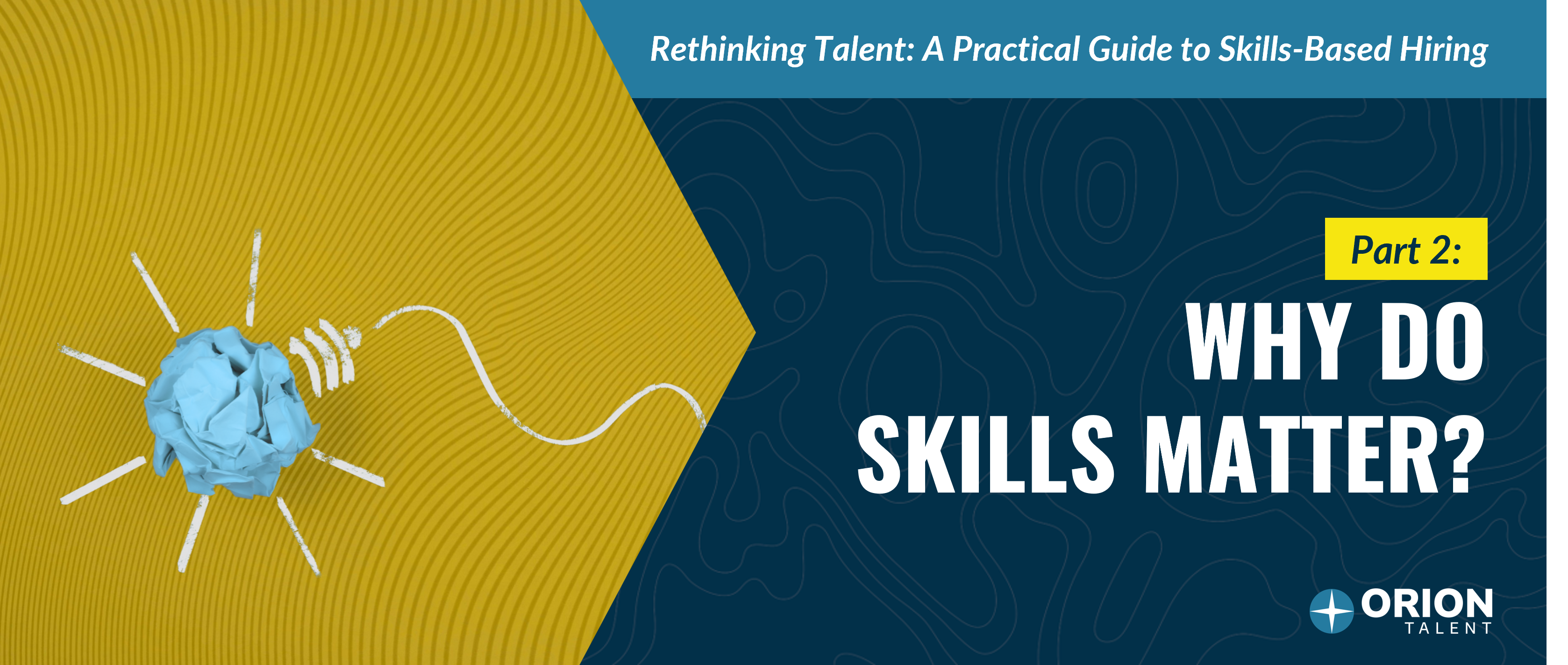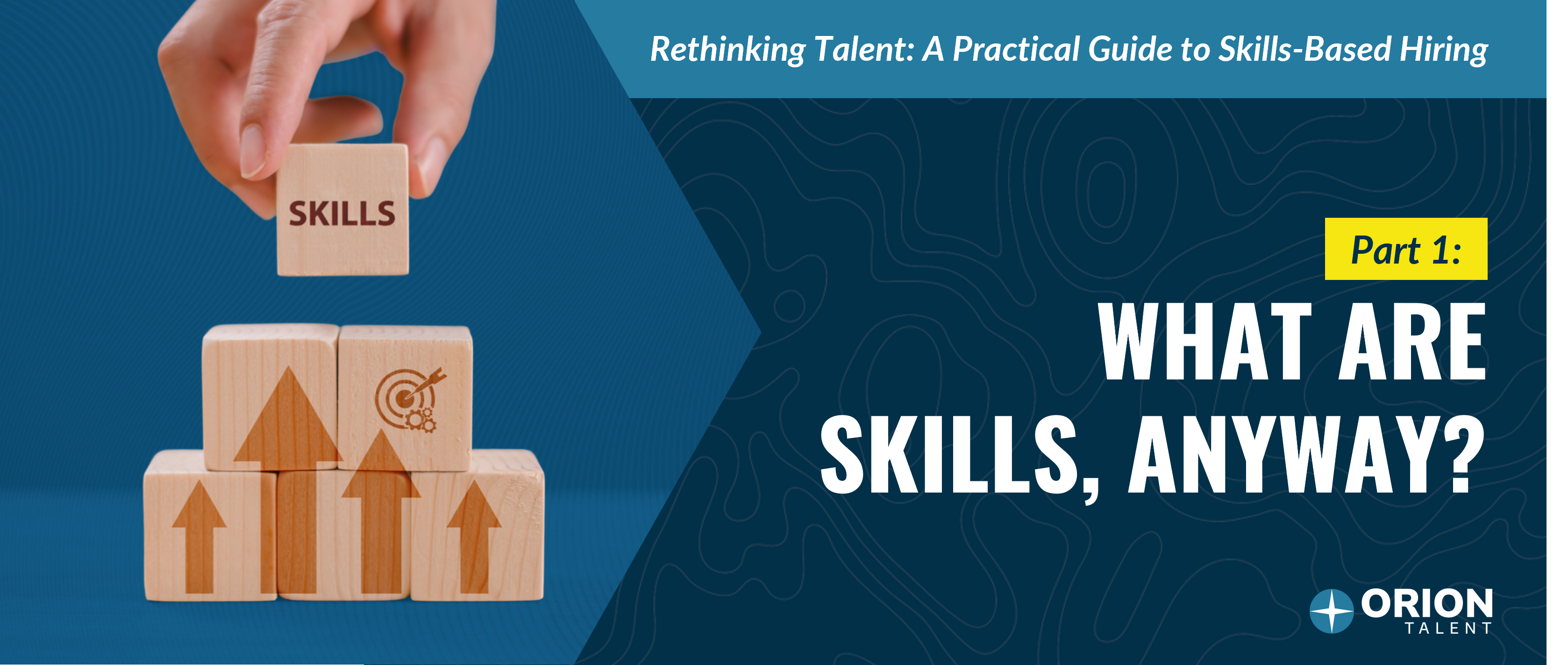
Talent Metrics Explained
Talent Metrics are an integral part of any talent management strategy. Evaluating employee performance, expenses, and turnover will provide important metrics that will help make strategic decisions. These include the latest statistics on Revenue-per-employee, improvement in the performance of New Hires, and ROI on Workforce Expenditures.
An article on HR Executive delves into the five ways to engage talent management metrics and provides great insight on which to reflect about how your organization is leveraging data.
Level 1 - Reactive
Basic operational metrics
Level 2- Proactive
Advanced reporting, including benchmarking and using data to make some decisions
Level 3- Strategic
More sophisticated analytics and trying to understand the cause of what might occur in the hiring process
Level 4 - Predictive Analytics
High-level metrics analysis where you are able to decide if your metrics are predicting outcomes
Level 5 - Deep Talent
This deep dive often comes with an automated process and predictive analytics. You are automatically collecting data, having it analyzed by algorithms, and getting AI-driven insights.
These metrics should be tracked on a continual basis to best illustrate where gains are being made and where you can improve. You will need these employee metrics to create a predictive trendline of data that a CEO can act on.
Revenue Per Employee
One of your most meaningful talent metrics is Revenue-per-Employee. This is the revenue generated per individual working at a company. Is your employee contributing to revenue at your business or costing it? Of course, you want a high RPE, which helps offset an employee’s investment cost. Companies' largest expenses are usually salaries and benefits for employees, so this number reveals a lot. It can be calculated as:
Revenue per employee = Revenue /current number of employees
When utilizing this metric, it is important to keep in mind that CFOs widely accept this as the standard productivity measure. To CFOs, a higher Revenue-per-Employee typically indicates a more productive and efficient company.
The Improvement in the Performance of New Hires
The Improvement in the Performance of New Hires references the percentage improvement at which your latest new employee should operate as opposed to his or her predecessor. If you hire new employees at your business, and they are all operating at a higher level, then productivity has improved, as well as your key metrics.
First, determine the time period you want to assess. Is the first year enough? You need enough of a time period to evaluate if your talent management process is bringing in valuable employees. Also, take a look at the data to see if you are retaining your good employees and enabling them to increasingly drive revenue.
A word of caution here, though. It can be cumbersome to track every employee. So, you can simplify how you measure by only including employees whose performance can already be measured in dollars or numbers - think sales employees.
ROI on Workforce Expenditures
Simply put, Workforce Return on Investment is the ROI of the expenditures for your workforce. These expenditures include hiring, training, onboarding, and payroll. The formula is:
(Net profit resulting from the work of the workforce / (cost of hiring + cost of training and onboarding + payroll)) *100
Establishing this formula should show you ways in which you can cut labor costs to improve the bottom line. Workforce management software can help with this by evaluating time theft, administrative costs, payroll errors, and strategic scheduling.
Cost-per-hire
We have covered this extensively here. The gist is that a new team employee costs more than you might think in terms of both internal and external resources.This ratio, calculated as:
Cost per Hire ($) = (Total External Costs + Total Internal Costs) / Total Number of Hires
Calculating cost per hire is an essential step every HR and TA leader at a business should take to plan for the future. Download our free Cost-Per-Hire Calculator spreadsheet to get started calculating your total cost to hire.
Included with Cost-per Hire is Turnover Cost. What does it cost to replace the employee that just left? Here is the formula:
TC = CPH (cost-per-hire) + TRM (termination costs) + VC (vacancy costs) + LCL (learning curve loss) / THP (total terminations over a period of time)
This metric should be made known to managers. It may become apparent that professional training may be more cost-effective than termination. This metric often goes unquantified and means that money could be quietly lost each time someone leaves. This metric should guide how and when an organization makes termination decisions.
Prominence of Results in Annual Report
An annual report provides an analysis of the financial trends of the business over the past year. It illustrates the strengths and weaknesses of an organization's financial situation for stakeholders, or creditors. The information contained in the Annual Report can also be leveraged to see where the company can improve.
Integral to these goals are talent metrics which clearly affect revenue. Not only does tracking and improving these metrics help optimize human resources goals, but they can also help paint a picture of strategic goals like marketing, design, supply and demand, and overall objectives. For Talent Metrics to be important in the Annual Report, they must be seen by company leaders as increasing revenue, productivity, or innovation.
The Percentage of HR Strategic Goals That Were Met
What good are these metrics if you don’t meet them? For HR professionals, their goal should be to meet best metrics and report on them about every six months. HR metrics are very important to the C-Suite and help them get a clear higher-level view of how their business-wide strategic goals are being met. But, you should also evaluate the goals that were not met.
People Also Ask:
What are talent metrics?
As we have covered, Talent Metrics are the measurements of how successful HR talent management functions are at driving revenue. These include metrics associated with employee relations, talent acquisition, payroll, onboarding, and specifically, Revenue-per-employee, improvement in the performance of New Hires, and Workforce Expenditures ROI.
How is talent management measured?
There are a variety of metrics used to measure talent management, and they are discussed above. Measuring is only the beginning, though. It is a best practice for an organization to decide what type of view they will have of those metrics. Go beyond Reactive and Proactive analysis and aim for Strategic, Predictive Analytics, or even Deep Talent analysis as outlined above.
What are some good HR metrics?
The HR metrics that you should be evaluating on an ongoing basis and reporting to leadership are revenue-per-employee, cost-per-hire, turnover cost, percentage improvement in new employees, and Employee Expenditure ROI.
How do you identify an organization's talent?
One way to improve your metrics is to find the best talent in your organization and invest in their performance. You can do this through a talent review that involves managers, leaders, and HR. You should identify this talent and then decide on a time schedule to evaluate their current performance, future potential, and readiness. It can account for expected changes in leadership and existing talent gaps, all while rewarding high-performing employees.
According to ERE.net, top-performing employees produce four times more output and refer to higher quality employees. Identifying these employees will drive revenue-per-employee and reduce turnover in the future and could even improve the performance of new hires. By having this review, you will be investing in the right employees, which should drive your metrics and drive revenue.
The Bottom Line
The bottom line is that, for Talent Metrics, they are all about the bottom line. It has been said that the ultimate purpose of collecting the data is to provide a basis for action or a recommendation. And this is never more true than in relation to employee metrics. Whether it be turnover cost ROI for employee expenditures or cost-per-hire, you need to first gather the data, then analyze the data, and then act on the data. By leveraging the talent metrics above, you will be well on your way to positively affecting your company’s bottom line while improving your workforce.
Archives
- December 2025
- November 2025
- October 2025
- September 2025
- August 2025
- July 2025
- June 2025
- May 2025
- April 2025
- March 2025
- February 2025
- October 2024
- May 2024
- March 2024
- February 2024
- January 2024
- December 2023
- November 2023
- October 2023
- September 2023
- August 2023
- July 2023
- June 2023
- May 2023
- April 2023
- March 2023
- February 2023
- January 2023
- December 2022
- November 2022
- October 2022
- September 2022
- August 2022
- July 2022
- June 2022
- May 2022
- April 2022
- March 2022
- February 2022
- January 2022
- December 2021
- November 2021
- October 2021
- September 2021
- August 2021
- July 2021
- June 2021
- May 2021
- April 2021
- March 2021
- February 2021
- January 2021
- December 2020
- November 2020
- October 2020
- September 2020
- August 2020
- July 2020
- June 2020
- May 2020
- April 2020
- March 2020
- February 2020
- January 2020
- December 2019
- November 2019
- October 2019
- September 2019
- August 2019
- July 2019
- June 2019
- May 2019
- April 2019
- March 2019
- February 2019
- January 2019
- December 2018
- November 2018
- October 2018
- September 2018
- August 2018
- July 2018
- June 2018
- May 2018
- April 2018
- March 2018
- February 2018
- January 2018
- December 2017
- November 2017
- October 2017
- September 2017
- August 2017
- July 2017
- June 2017
- May 2017
- March 2017
- February 2017
- January 2017
 RSS Feed
RSS Feed




















